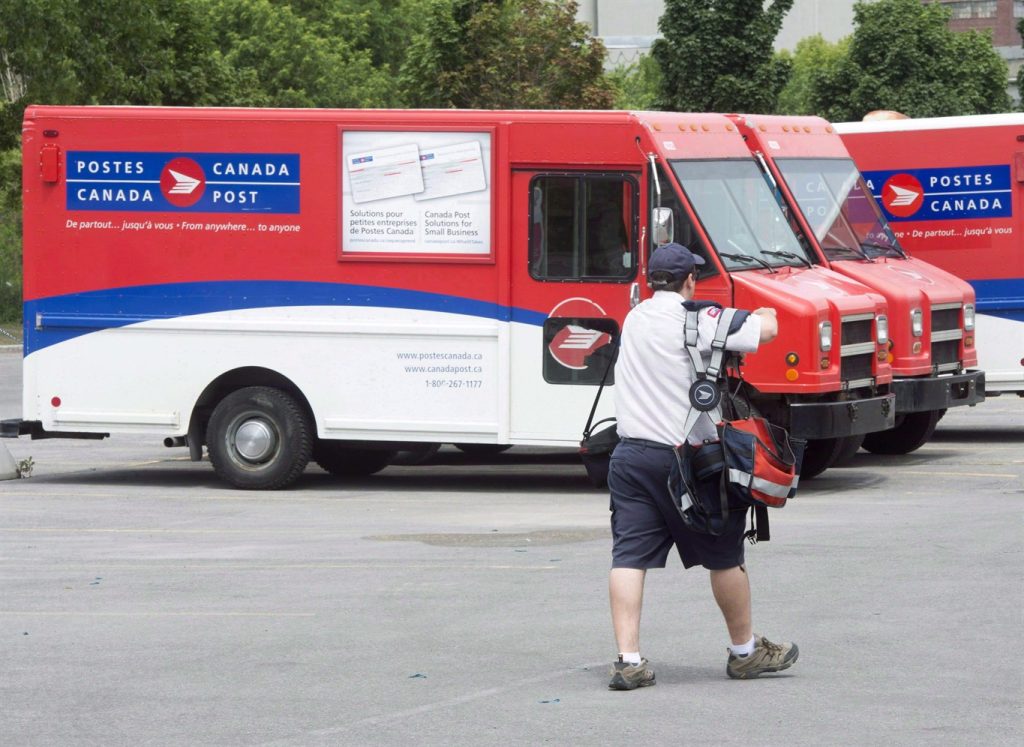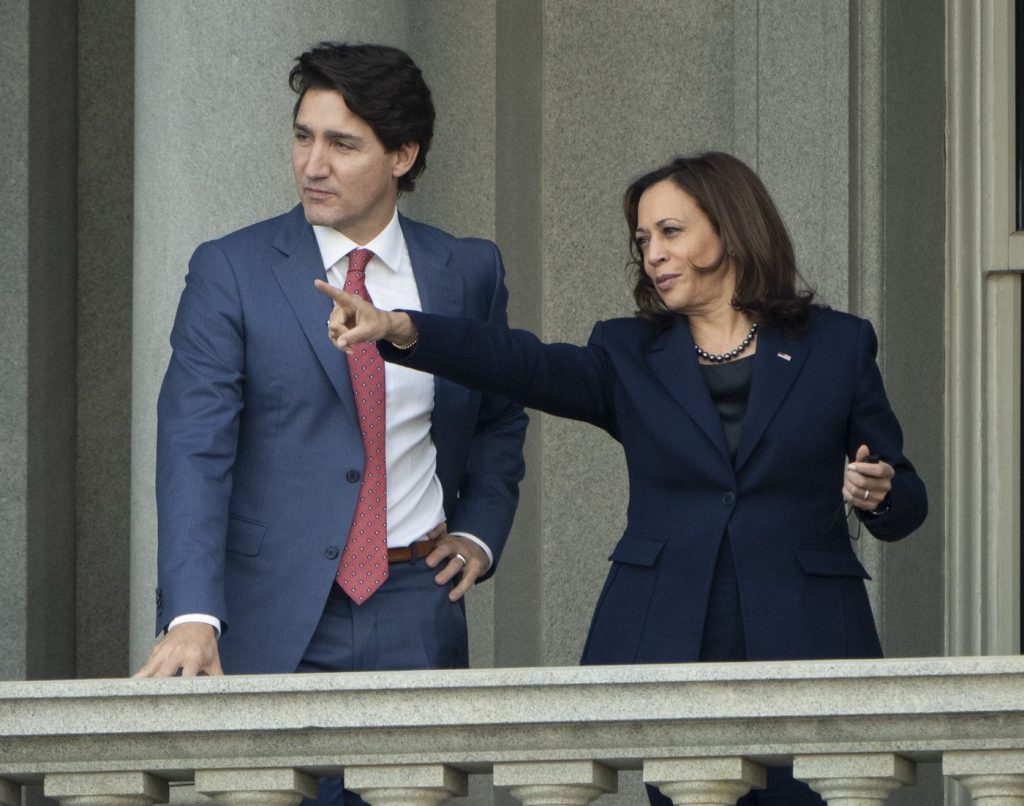Distanced learning pivot draws mixed emotions from local education leads
Posted Apr 13, 2021 12:00:00 PM.
Just a day after our Education Minister Stephen Lecce released a statement reassuring parents that schools would remain open for in-person learning, the province has made the decision to move schools to remote learning on April 19 for an indefinite amount of time. Citing the rapid increase in COVID-19 cases seen in Ontario along with a spike in hospitalizations, Premier Ford said the move would help take pressure off hospitals, allowing more time for the province to make strides in its vaccine roll out plan.
Patrick Etmanski is the local president of the Ontario English Catholic Teacher’s Association, and said the announcement on Monday came as a sort of “sigh of relief” for teachers and education workers that have been calling for changes to make our local schools safer from the spread of COVID-19. Speaking to 570 NEWS, Etmanski said classrooms in the region are currently no safer than they were in September, though Lecce continues to insist that there have been enhancements to safety measures in place for students, staff and teachers.
“The place we want to be is in school, but we want to be in a safe place,” said Etmanski. “For our selves, for the kids that we serve and for (…) the families that those kids go home to every day.”
Etmanski called attention to what he called a “double standard” in health messaging from the province, as he said safety issues still exist when you can have a full classroom of young students having lunch at the same time in a small classroom with their masks off. While the province maintains that COVID-19 cases continue to spike from community spread, Etmanski said school buildings and classrooms are a part of the community as well.
“There’s no place in the province you can go have lunch with 29 of your friends with your masks off – unless you go to an elementary school.” said Etmanski. “Kids come in here – they don’t know, we don’t know if they’re asymptomatic. The masks come off, the visiting starts and people eat lunch together. That’s just one small example – but it’s an important one where there’s a double standard.”
While Premier Ford has stated that the government will monitor COVID-19 data to decide when in-person learning can continue, Etmanski said it would have been more respectful and responsible for the Premier and Minister Lecce to simply state that schools would be closed “until June” – giving families, educators and all involved more certainty rather than the expectation of a different announcement in the coming weeks.
“We’ve been dealing with this unknown week to week. It’s like living in a reality TV show where it’s cliff-hanger after cliff-hanger – this is just another one. ‘We’re going to stay open as long as we can’ to ‘we’re going to stay closed as long as we have to’. Make a decision – you’re elected officials, you’re running this province… and they’re so afraid to make a decision.”
Also weighing in on the recent announcement was Greg Weiler, president of the Elementary Teacher’s Federation of Ontario in Waterloo Region. Speaking to 570 NEWS, Weiler said the announcement of a virtual pivot didn’t come as a complete surprise given the current state of COVID-19 case counts in the province, though he said his membership and education workers in general are frustrated by the constant opening and closing of schools. With the April break still in effect along with our province wide stay-at-home order, Weiler said he’s hoping the province will make moves to get vaccine roll out underway, especially for those special education workers that are now eligible for the shot.
“It’s frustrating. We all believe that the best place for students and everyone in education is in school – there’s no question about that,” said Weiler. “We also want everyone to be safe and to get through this pandemic to the point where we can put this behind us.”
While Etmanski said he was glad the announcement came at the beginning of the week rather than on short notice on Friday, Weiler said he expects teachers and school boards will need at least a full day to make the transition back to the learning environment – as he anticipates issues in distribution of technology and access to resources for students.
“I think everyone involved – whether they’re parents, teachers, students or education workers have demonstrated incredible resilience (…) dealing with all this anxiety and the unknown of what’s happening.” said Weiler. “I think a large part of that is the relationships that exist between teachers, students and the families of students. So, I just hope that can continue.”








